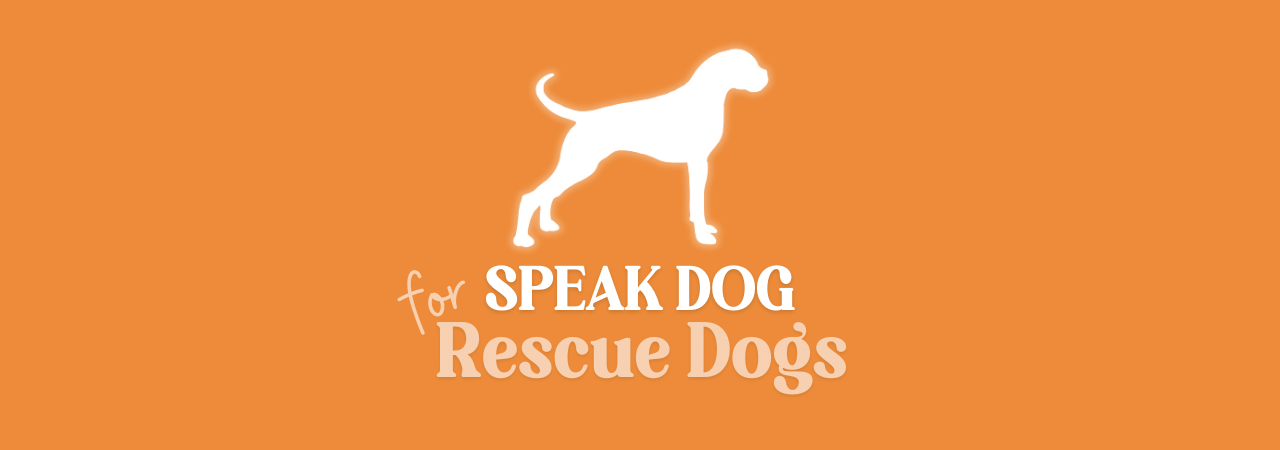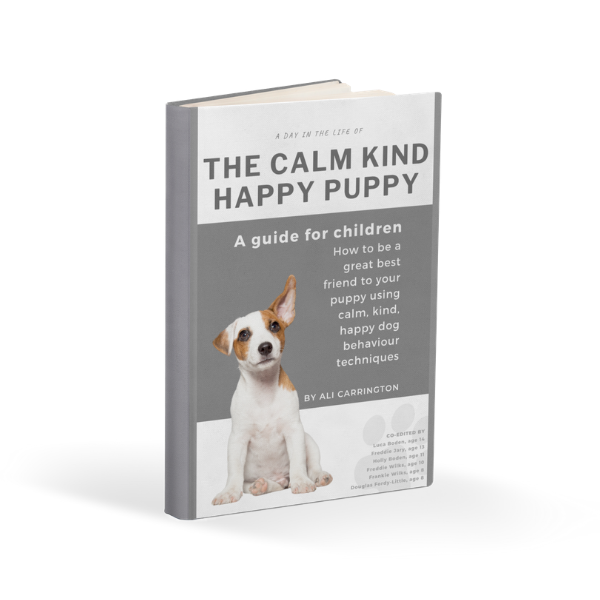Did you know it’s not only puppies who need teaching about toileting? A new rescue dog will also need time to learn the toileting habits that you would like because squatting motionless, even in the garden, can make any dog feel too vulnerable. This is often the reason why the new rescue dog poops on the floor the moment he comes back into the house! Or she scuttles under the table or behind the cupboard to do her pee!
Here are the first steps to enable a rescue dog to toilet in the right place:
- Allow dog outside soon after eating – it’s a natural bodily function to have a bowel movement after having eaten.
- Set regular alarms during the day to remind you to take dog to garden – allows you to get on with life, but ensures you don’t forget to give them the opportunity to toilet. Whatever their age, they are often uncertain about where they should be going and whether or not they will be safe. Therefore, giving them many opportunities will give them the information that this is what you want.
- Gentle encouragement is fine but avoid putting them under stress! Ie. Try not to be too desperate and rushed! Just a couple of calm “wee-wees, good girl” and then just back off and be calm.
- Go out there with them. Wrap up warm and take out a cuppa and wait… many rescue dogs need you there to feel safe enough to squat and be vulnerable. By all means have them on a relaxed lead so that you can guide them to the spot you would like them to make a regular habit in.
- If you know your dog is “ready” for a pee or a poo (ie, first thing, lunchtime or last thing), then wait there until the dog does one! No matter how long it takes. This is an important time for them, they need your support, invest the time in it now for future brilliant toilet habits.
- Here is a great tip for any size garden, particularly the small garden – make a small patch of bark clippings at the bottom of the garden, ideally a bit hidden (use plant pots to form a little den!), and scent mark it with your dog’s own pee (you could even leave a couple of poo bags there too). Then every time you bring the dog out for toilet, you hang out in that spot.
- You MUST IGNORE any toileting inside. They are not doing it to annoy you or because they are stupid. Acknowledge that they simply feel safer inside than out at the moment. I promise things will change if you do the above!
- When you clean up inside toileting, use an enzyme spray deliberately for this task. And IDEALLY, move the dog out of the room before you do the cleaning, just in case there is any level of attention seeking attached to the act of toileting. This is common because we humans want them to do it outside so much we can get a bit overexcited… then the dog sees that toileting gets attention, and it’s a difficult cycle!
However, very often rescue dogs are also using their toileting to scent mark their home to discourage “invaders” from entering the home. This is also very common. The marking will often be very strategic, near doors and windows, or where they hear noises. The absolute best thing you can do to help your rescue dog is to implement the above list, but also to consider how you interact with your rescue dog on a daily basis as this behaviour suggests a level of anxiety about protecting you and the home.
So, on top of the practical list above, also consider the following:
- Take away 95% of your direct eye contact from the dog, only using it when you call the dog to you for food or for affection. You will need to interact on a basis that the dog understands better and use their language.
- Allow the dog much more time without your attention. Dog language uses attention heavily – but it’s more about no attention, than giving attention. This will help the dog relax in general.
- Try to stop yourself going to the dog. Always leave a sleeping dog to lie, and if you want to interact, as above, call them to you. Many dogs find being approached worrying and this can add to the anxiety-led toileting.
- Try to restrict the dog’s access to one room at a time. Reducing the size of a dog’s world really helps them feel they are not responsible for the entire household.
I hope these tips help. If not, then there is more that you can do. But try these things first and I’d love to hear your feedback after a week or so of implementation!
Interested in learning the language of your Rescue Dog? Find out more here



